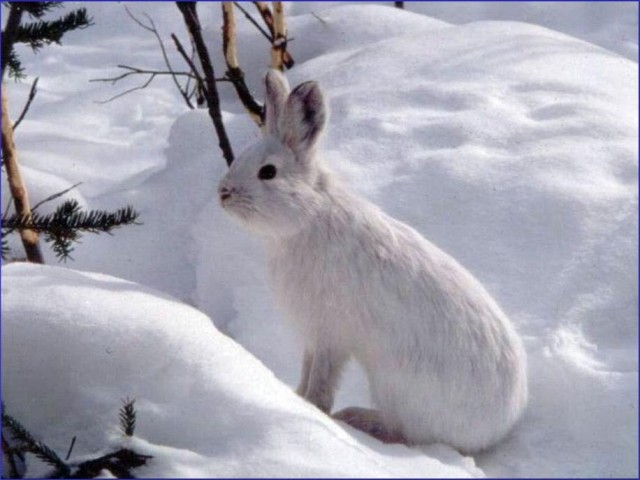Poor, cute bunnies likely to get eaten when the snow melts early
Ars Technica » Scientific Method 2013-04-22
Animals that turn white in winter are having a mismatch with the reduced snowpack in their environments.
Measuring the impact of climate change on animals is difficult, because (a) climate change is complex and (b) animals are complex. Climate change can alter the environment in many different ways, and each of these changes can affect the food supplies, hibernation patterns, reproductive behavior, and migratory patterns of different animal species. The changes in the animals all affect each other, too, since many of them are interrelated in food chains and webs that can be hard to disentangle.
Luckily, researchers at the University of Montana stumbled upon one simple, obvious part of an animal that they could measure in response to a simple, obvious change in climate. Snowshoe hares change color from brown to white in the winter so they can be camouflaged in the snow. So do at least nine other species of cute, cuddly mammals: Arctic foxes, collared lemmings, long-tailed weasels, stoats, mountain hares, Arctic hares, white-tailed jackrabbits, Siberian hamsters, and least weasels. (Bet you didn't know that hamsters are tough enough to handle winter in Siberia.)
Read 5 remaining paragraphs | Comments
